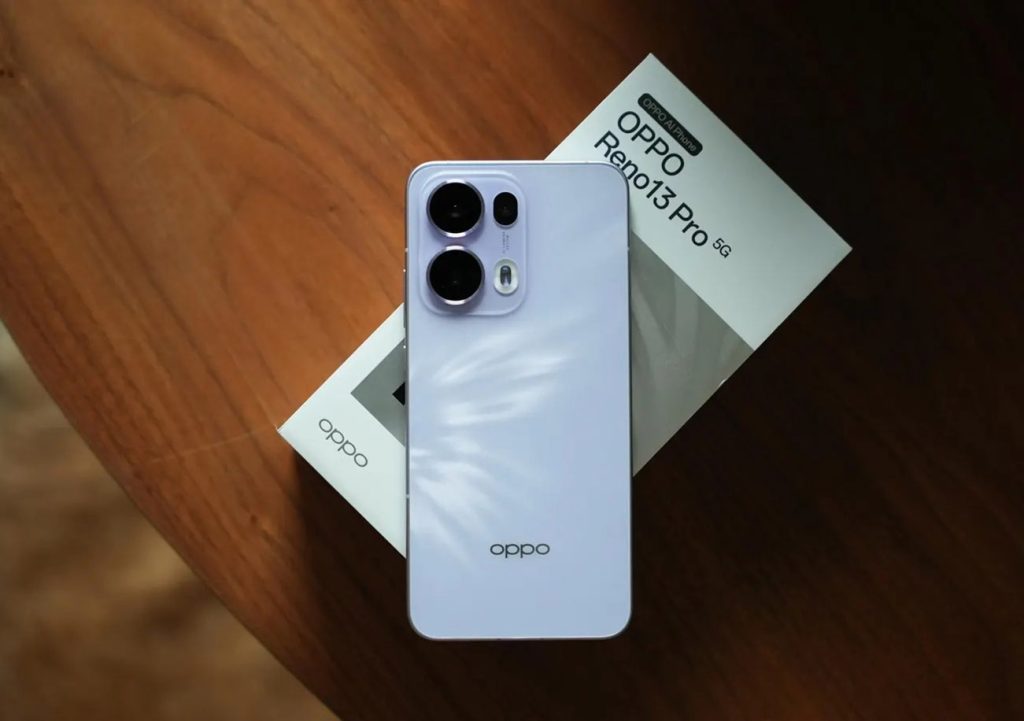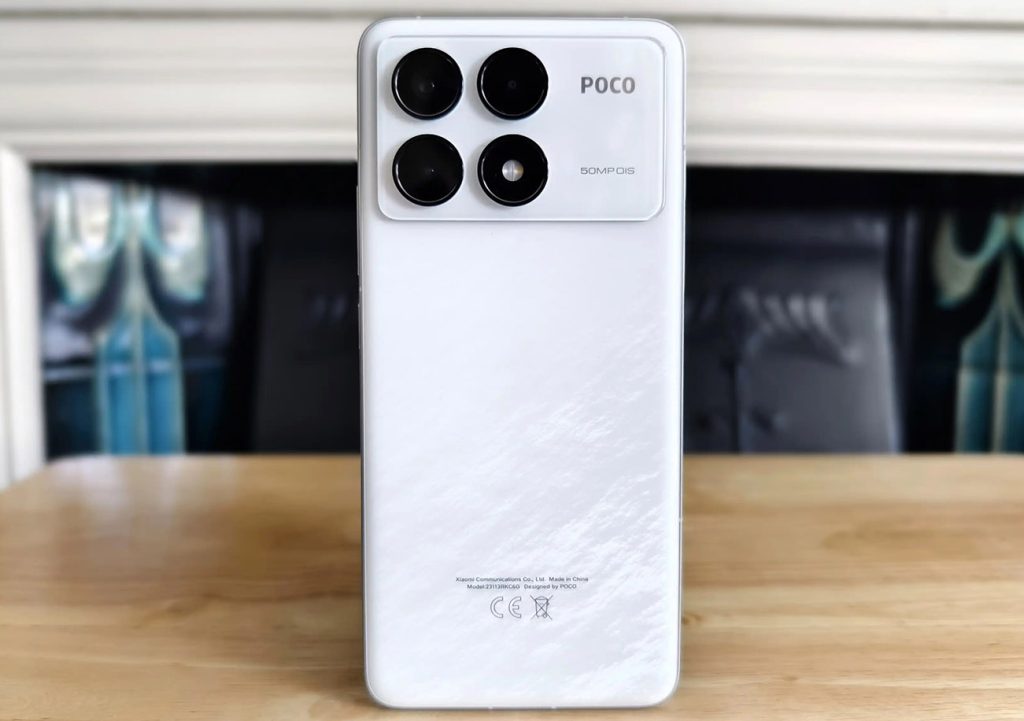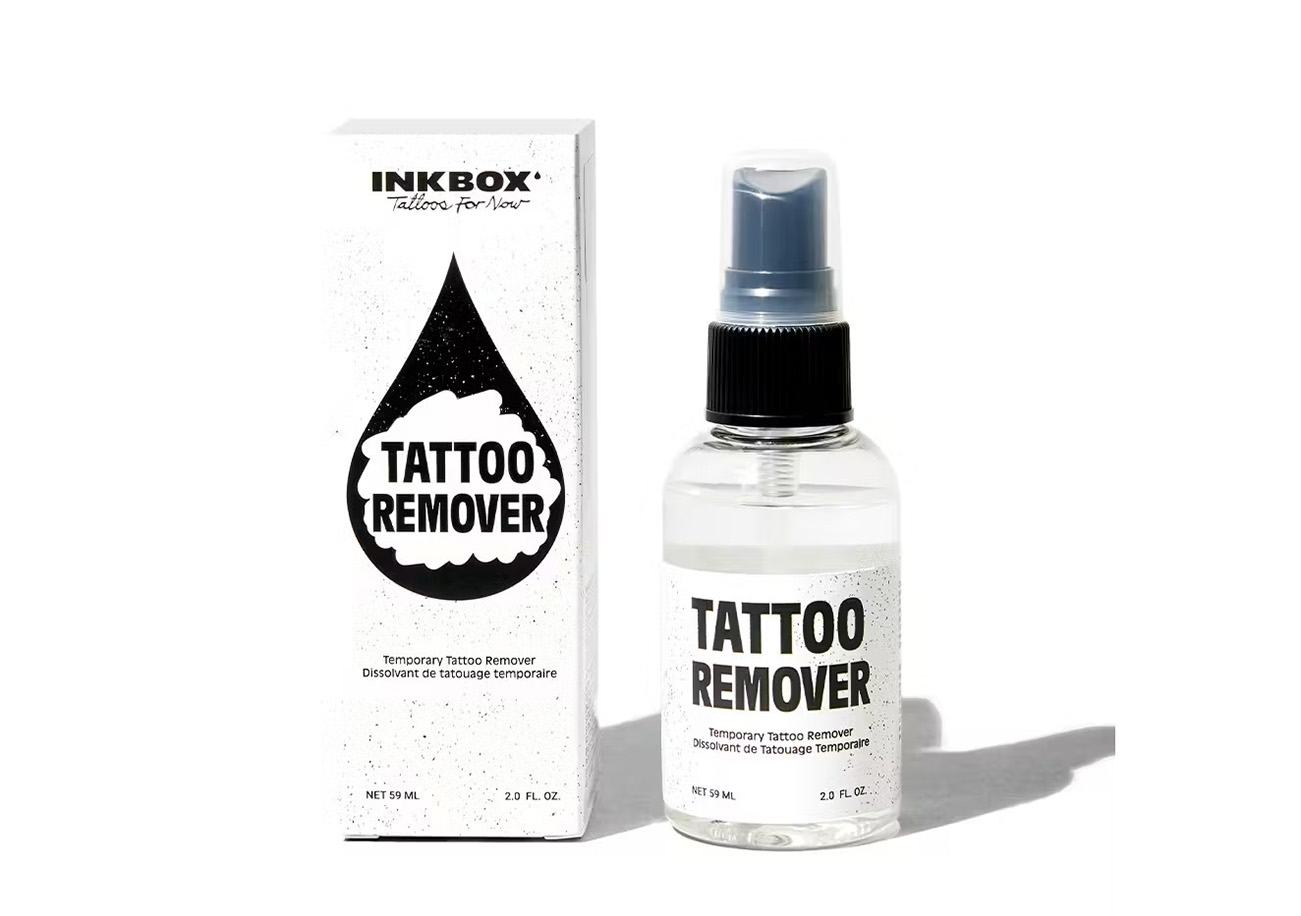Every so often, I pick up the most talked-about mid-range phones on the market and test them myself, aiming to find the one truly worth recommending as a daily companion. This time, I focused on three models that consistently top the Kogan best-seller charts: the Google Pixel 6a, Xiaomi POCO F6, and OPPO Reno13.
All three are affordable, well-balanced in terms of specs, and highly rated by users on Kogan. Many reviews mention that these phones perform far above their price class, which made me even more eager to dig into their strengths and weaknesses.
1. Design and Feel: Each Has Its Own Aesthetic Charm
When I received the three phones from Kogan, I unboxed them immediately. Kogan’s packaging was, as usual, meticulous—no dents, no defects, and ultra-fast delivery in just two days. Upon first contact, each phone left a distinct impression:
- Google Pixel 6a
A minimalist approach with the signature horizontal camera bar at the back. Lightweight and functional, the plastic back isn’t premium but it is practical. The clean colors give it a “digital tool” vibe rather than a flashy device. - Xiaomi POCO F6
A gaming-oriented design with aggressive lines and bold colors. The oversized dual-camera setup on the back is eye-catching. Slightly thicker in build, but that adds to its grip and heat dissipation. - OPPO Reno13
The most stylish of the three. Slim, elegant, and visually refined. Its gradient back shimmers in sunlight, with symmetrical camera placement making it feel like a piece of fashion in your hand.
All three phones exceed the build quality standards of typical budget devices. From button feedback to port alignment, every detail is carefully executed. On Kogan’s product pages, dimensions, weight, and materials are clearly listed—often more transparently than official websites. This is one of the reasons I keep returning to Kogan for purchases.
2. Display Quality: Subtle Differences That Matter
- Pixel 6a
A 6.1-inch OLED screen with HDR support, but limited to 60Hz refresh rate. Scrolling can feel a bit sluggish, but HDR content on Netflix and YouTube looks natural and color-accurate. This level of color fidelity is crucial for me, especially when editing photos and videos. - POCO F6
A 6.67-inch 120Hz AMOLED flat screen with HDR10+ and high brightness mode. Great visibility under direct sunlight. Smooth animations and a vibrant display make it perfect for gaming and video streaming. - Reno13
A 6.7-inch curved AMOLED with 120Hz refresh rate. The display feels premium, and the warm color tuning makes long reading sessions easy on the eyes.

Kogan’s spec sheets clearly list each display’s refresh rate, contrast ratio, brightness, and color gamut. That level of detail makes it easy to compare phones and avoid falling for overhyped marketing language.
3. System Smoothness and Performance: Who’s the Real Powerhouse?
I ran both AnTuTu and Geekbench tests and measured app launch times across daily-use apps. Here’s what I found:
- Pixel 6a
Powered by the older Tensor chip, yet still runs smoothly for everyday tasks. Google’s native apps launch quickly and system animations are fluid. Background app management is average. Pure Android system with zero bloatware is a major plus. - POCO F6
With Snapdragon 8s Gen3, LPDDR5X RAM, and UFS 4.0 storage, it’s an absolute performance beast. Apps launch instantly, and gaming (e.g., Genshin Impact, Honor of Kings) runs with stable FPS. MIUI 15 is highly customizable but can be cluttered for beginners. - Reno13
Equipped with MediaTek Dimensity 8200. Excellent day-to-day performance. ColorOS is impressively optimized, with snappy gestures and smooth UI transitions. It may not top benchmarks, but feels just as fluid in real-world usage. Manages background tasks efficiently with minimal app killing.
When buying the POCO F6 on Kogan, I noticed that it came with a bundled cooling fan and screen protector—extremely practical extras. These thoughtful recommendations from Kogan often enhance the buying experience far more than what brand websites offer.
4. Camera Testing: Who’s the Surprise Winner?
I used each phone to shoot landscapes, portraits, and night scenes under the same lighting conditions, then compared RAW files on my computer:
- Pixel 6a
Offers the most “intelligent” photography experience. No need to tweak settings—the AI does the work. Natural color tones, superb HDR, and effortless backlight portraits. Night mode is a bit slower but reliable and delivers consistent results. - POCO F6
Photos are vibrant and saturated—great for social media sharing without edits. Night shots are sharp but sometimes overly processed. Portrait mode has significantly improved, with fairly natural bokeh. - Reno13
Excels in portraits and video aesthetics. Skin tones are beautifully enhanced, with a soft filter feel ideal for vlogs and selfies. Ultra-wide and macro shots are decent. Its video stabilization is the best among the three—perfect for content creators.
When ordering, I also picked up the official camera grip and tripod kit from Kogan. These added immensely to the overall shooting experience. Kogan’s listings include aperture size, sensor type, and even AI algorithm descriptions—far more helpful than pixel count alone.
5. Battery Life and Charging: Real Tests Speak Louder
After intense use—social media scrolling, navigation, photography, and video recording—I ran a battery drain test:
- Pixel 6a
4410mAh battery with 18W charging. Decent endurance for light users, but power users will need to top up mid-day. - POCO F6
A 5000mAh battery with 90W charging. Charges from 10% to full in under 30 minutes. Outstanding battery and charging performance. - Reno13
Comes with a 4700mAh battery and 80W fast charging. Despite slightly smaller capacity, ColorOS optimizations give it excellent endurance. Easily lasts a day with mixed use.
Each model’s battery capacity and fast-charging protocol is clearly listed on Kogan’s site. I even found user-uploaded screenshots showing actual charging speeds, which added credibility to the claims.

6. Signal, Heating, and Audio Quality
- Signal: Pixel 6a excels in weak signal zones. POCO F6 switches Wi-Fi networks fastest. Reno13 has the lowest latency on 5G.
- Heating: POCO gets hottest during gaming, but still within acceptable limits. Pixel and Reno remain cooler under stress.
- Audio: All three support stereo speakers. Reno13 has the most immersive soundstage. Pixel has the clearest vocals. POCO delivers the loudest volume.
I used a Kogan Bluetooth headset with all three devices. Pairing was seamless, and there was no lag in audio playback. Kogan does a fantastic job of listing compatibility for accessories, so you can shop with confidence.
7. Each Phone Has Its Strengths, and Kogan Nails the Buying Experience
- Pixel 6a is perfect for practical users who value a clean interface and excellent software support.
- POCO F6 is the go-to for gamers and power users looking for flagship performance at a budget price.
- Reno13 is ideal for trendsetters and content creators, with its aesthetic design and vlog-friendly features.
Most impressive of all, though, was the full experience Kogan provided. From fast shipping, excellent after-sales support, detailed spec listings, curated accessory bundles, and authentic user reviews—Kogan gets everything right.
If you’re shopping for a new smartphone that delivers more than you pay for, I highly recommend browsing Kogan. You might just discover a device that fits your life better than you expected.


